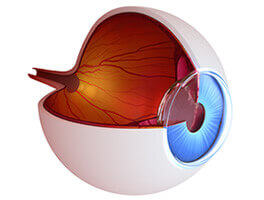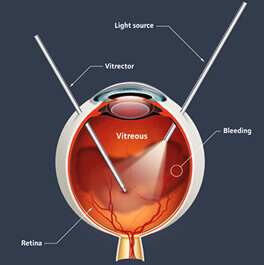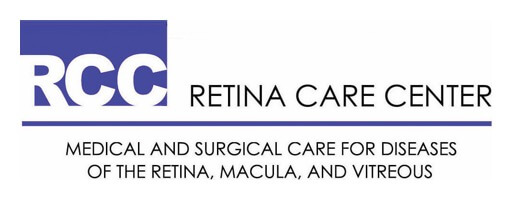
Retinal Laser – Retinal laser is an in-office procedure that takes minutes to perform using light waves. Retinal laser can be used to treat many different eye diseases such as macular degeneration, retinal vein occlusion, retinal tear, retinal detachment and diabetic retinopathy.
MicroPulse Laser – A newer laser technology able to treat macular edema in diseases like diabetic macular edema, central serous retinopathy and retinal vein occlusion.
Cryoretinopexy – This is another option that can be performed in minutes in the office. It is used to treat retinal tears and retinal detachment.
Visudyne® Photodynamic Therapy – Can be used to treat central serous retinopathy, Visudyne® photodynamic therapy is a painless method that takes only minutes to perform.
Subtenons Kenalog Treatment – This treatment is often used in cases of inflammation of the eye called uveitis or cystoid macular edema (swollen macula). It takes seconds to do and is a painless, in-office procedure.
Intravitreal Medications – There are various medications that can be injected within the vitreous cavity and take seconds to perform. These medications such as Avastin®, Lucentis®, Eylea®, Triesence®, Dexamethasone, Jetrea®, Iluvien®, Beovu®, and Ozurdex® as well as others can be injected into the vitreous cavity and can often prevent severe visual loss.
Pneumatic Retinopexy – This is an in-office procedure that takes minutes to perform. Using an in-office gas with laser or cryoretinopexy, the doctor can repair retinal detachments without having to go to the operating room.

Scleral Buckle – This procedure is done in an operating room, often under local anesthesia, in order to repair retinal detachments.
Pars Plana Vitrectomy – Performed in an operating room under local anesthesia, pars plana vitrectomy can treat many different diseases of the eye. These diseases include non-clearing vitreous hemorrhages, macular pucker (epiretinal membrane), macular hole, retinal detachment and diabetic retinopathy. It can also repair certain complications associated with cataract or glaucoma surgeries and many other vitreoretinal diseases.



